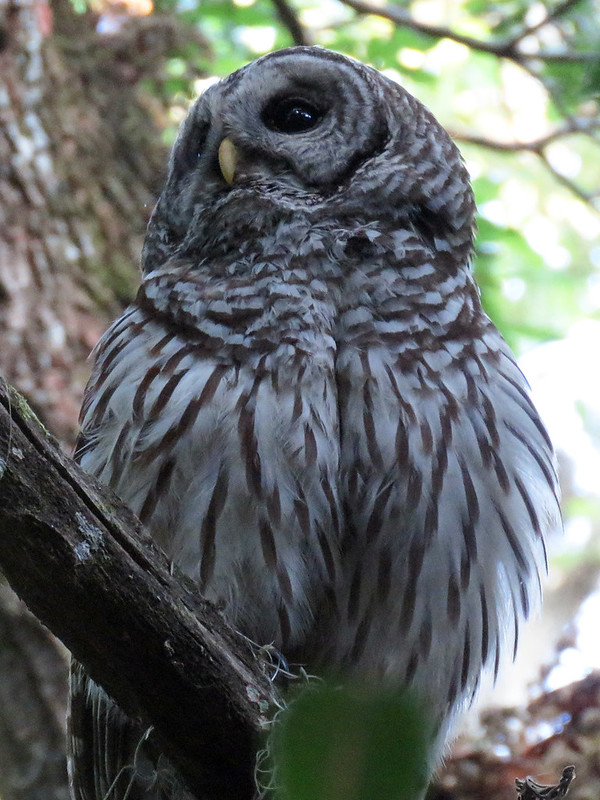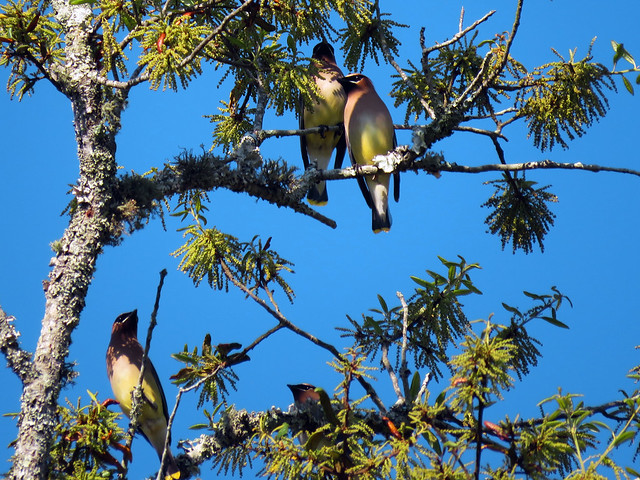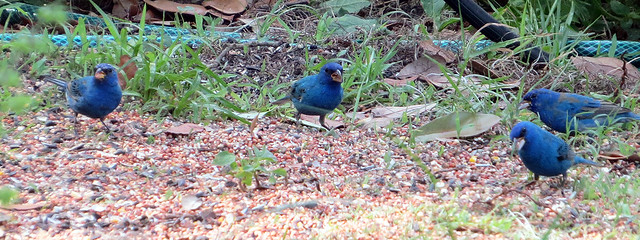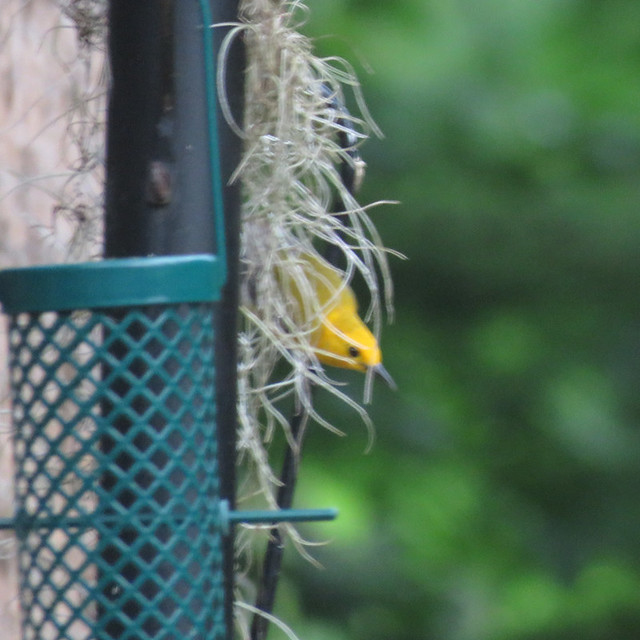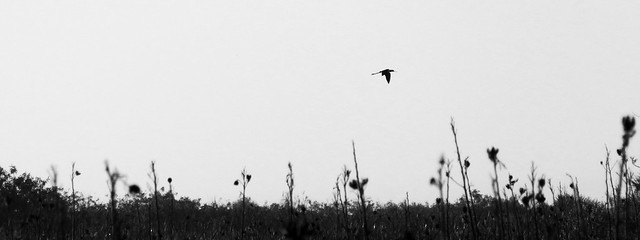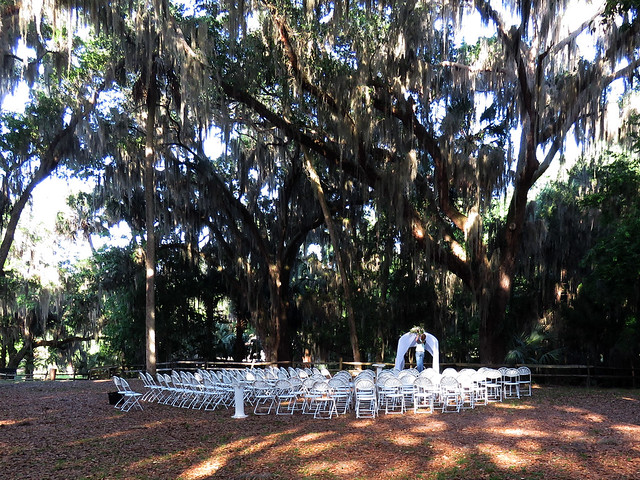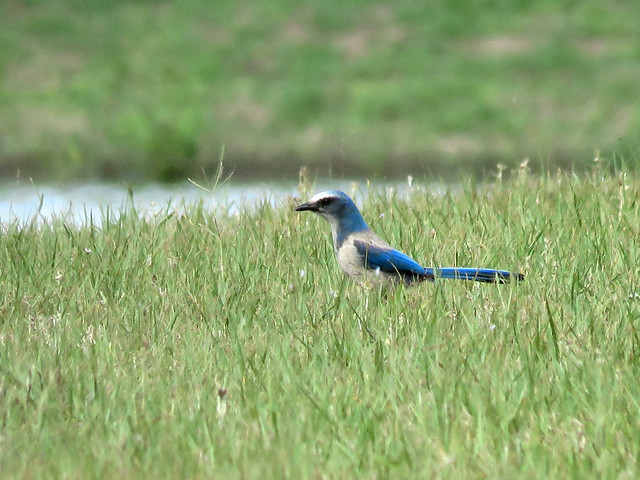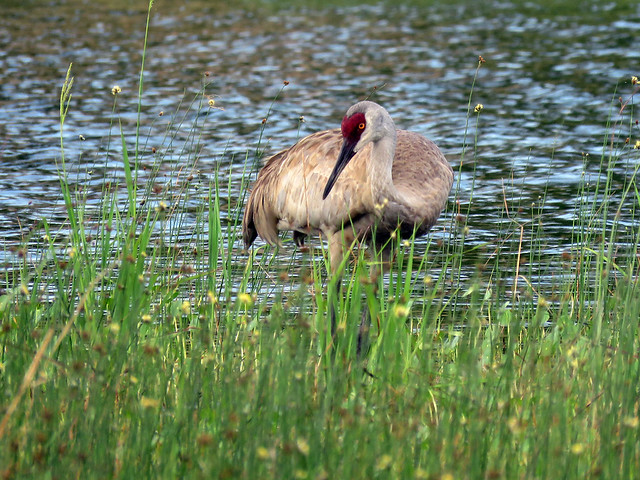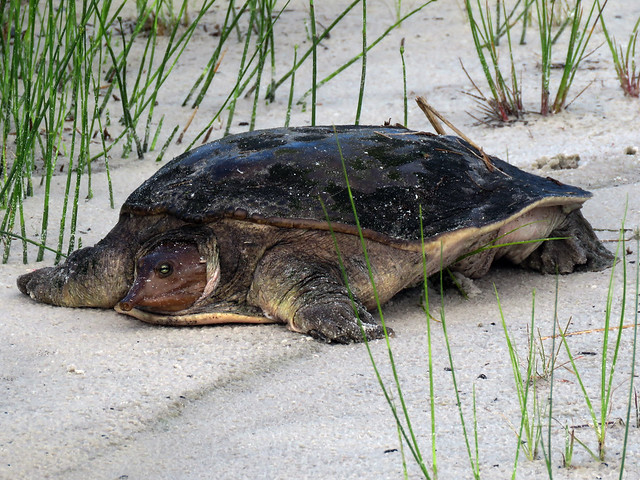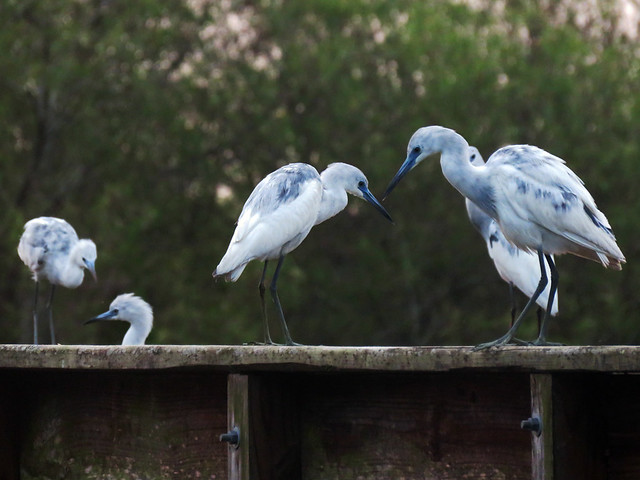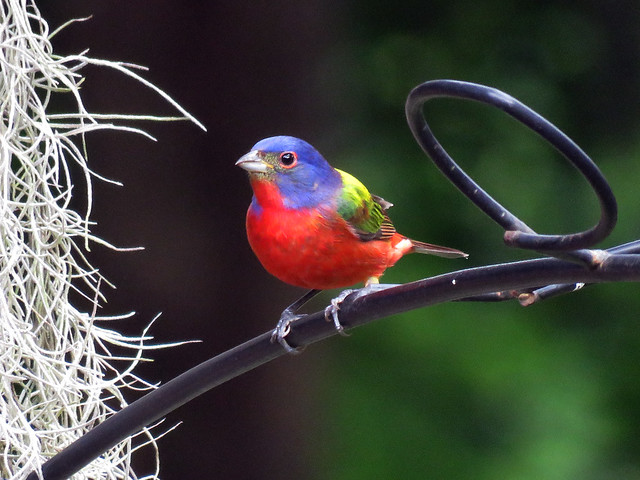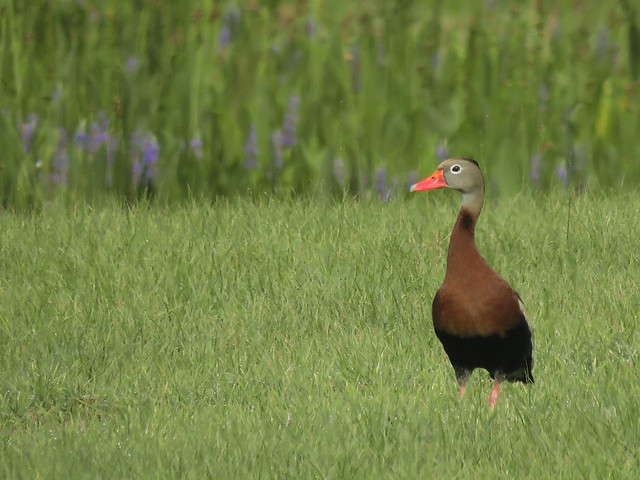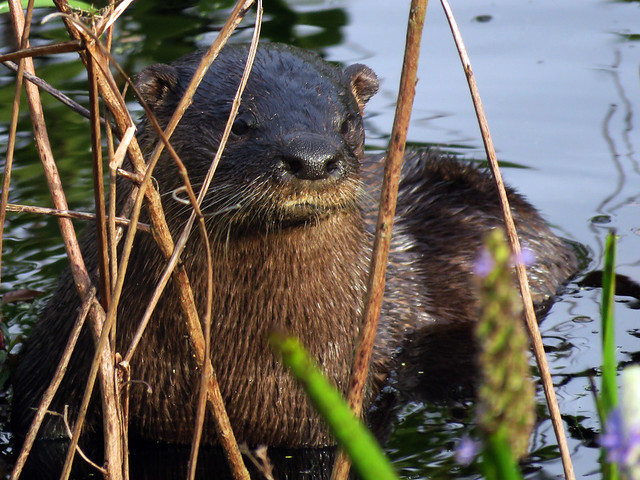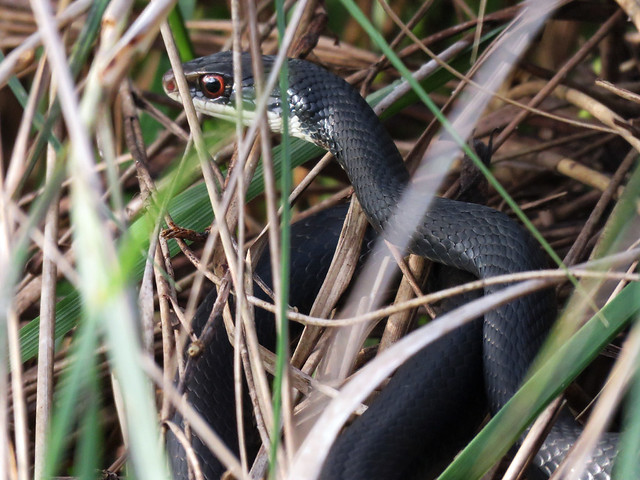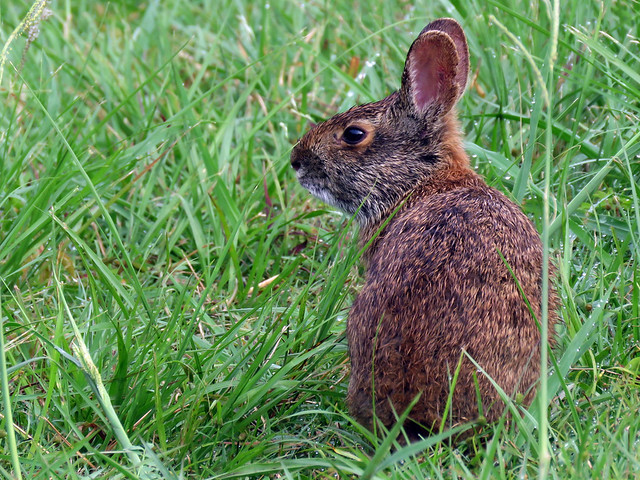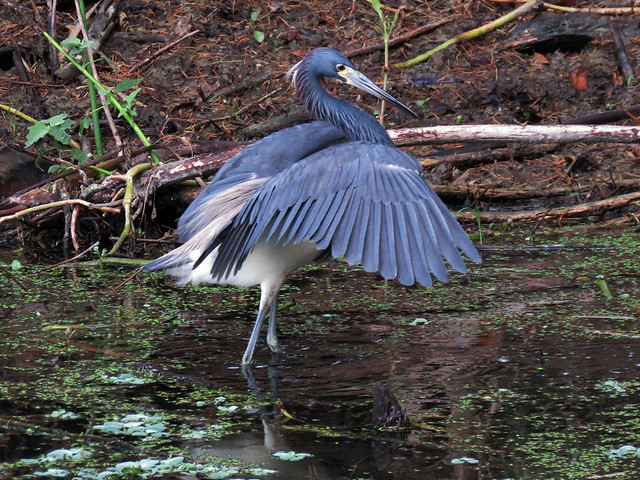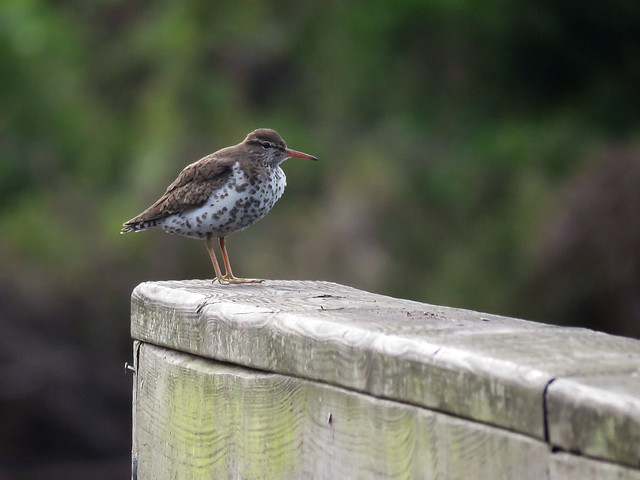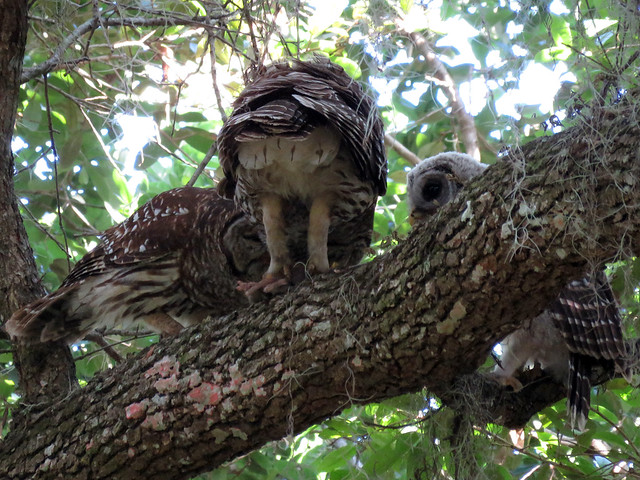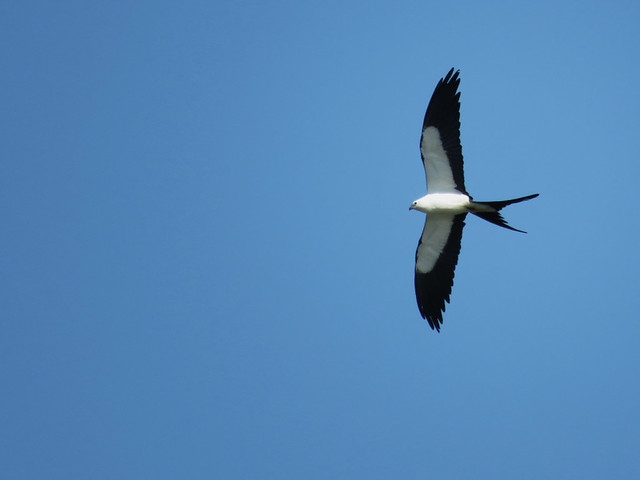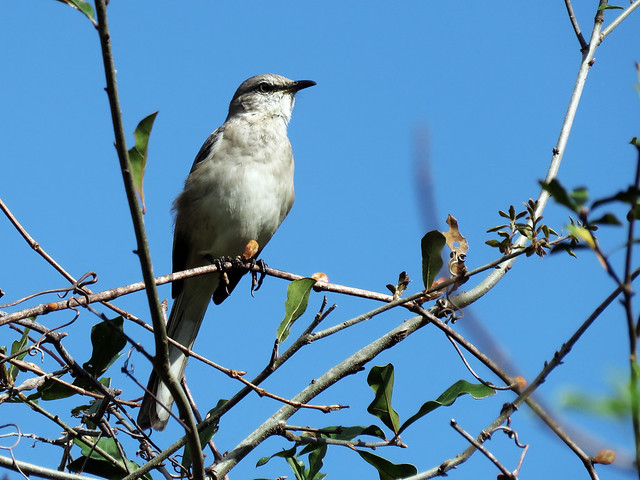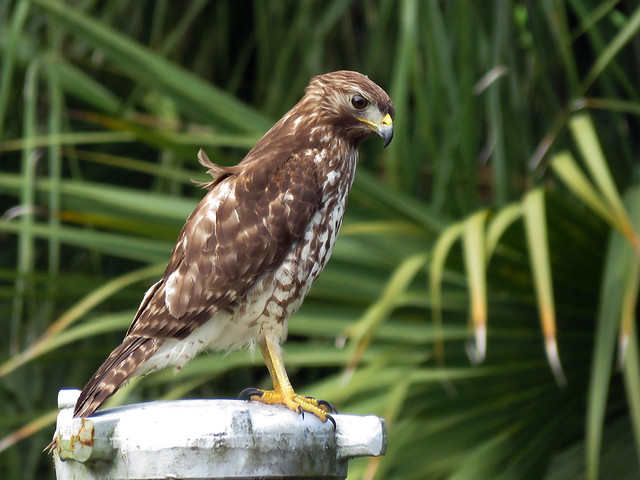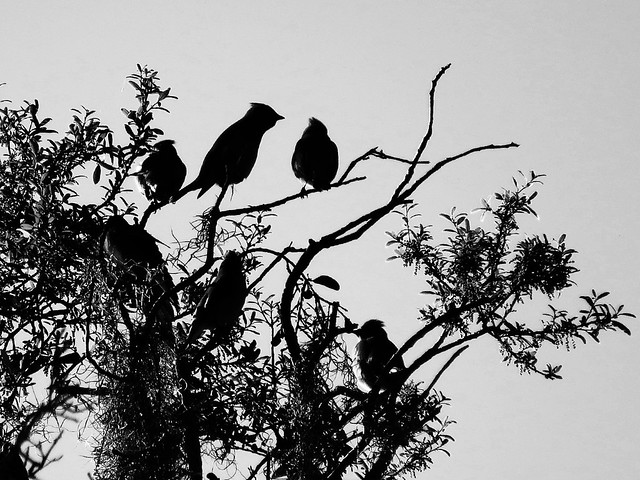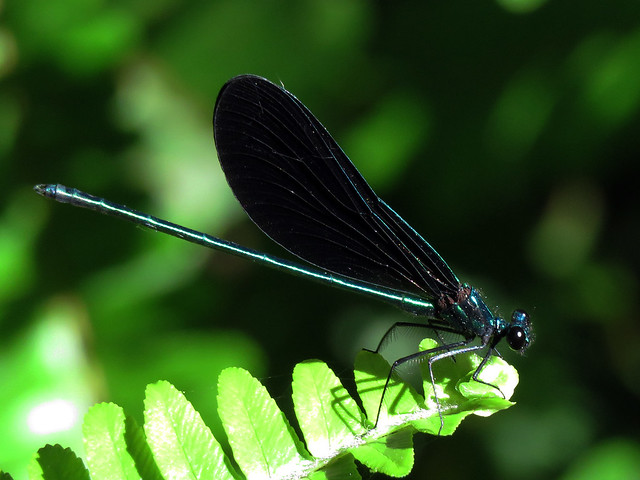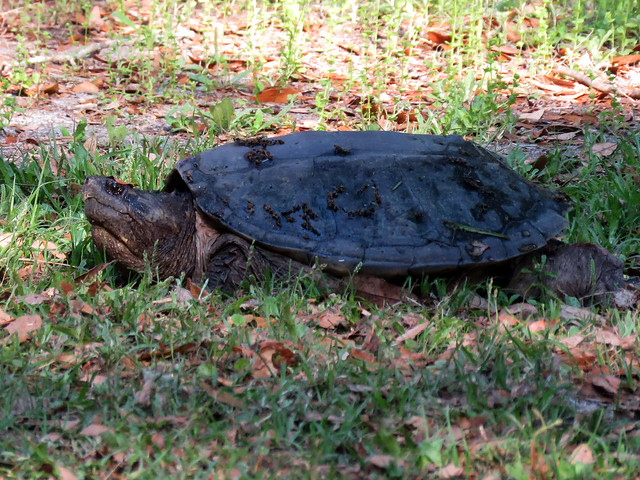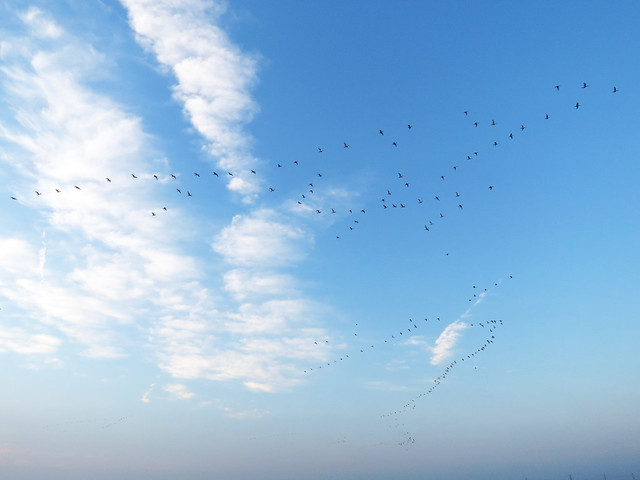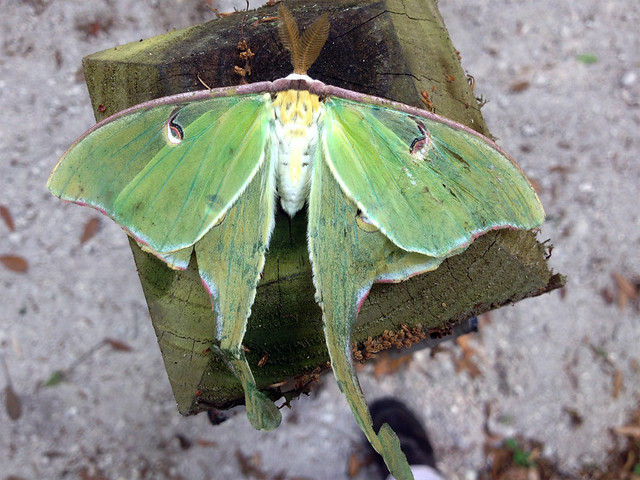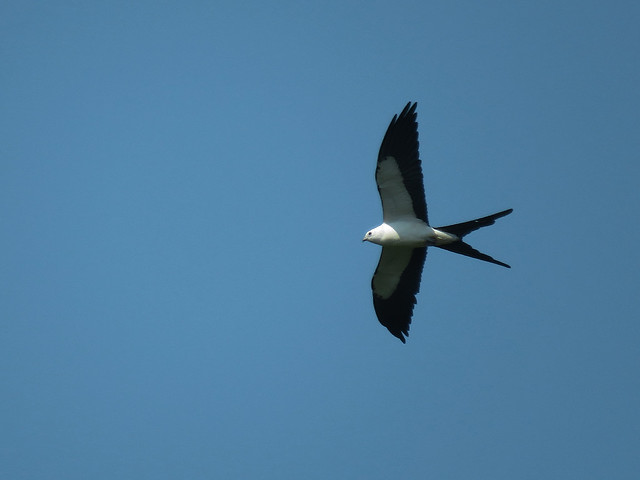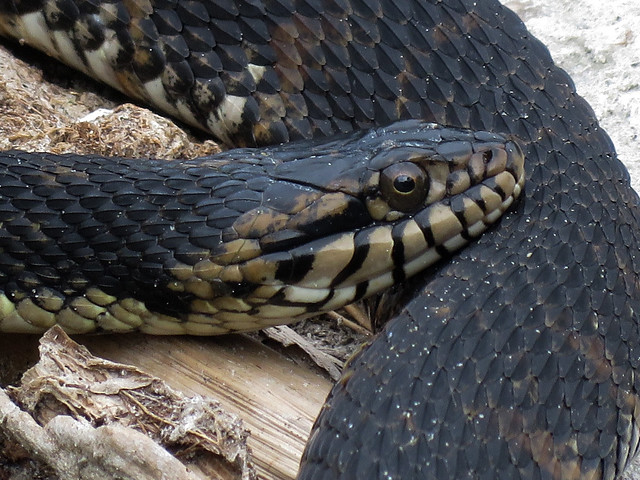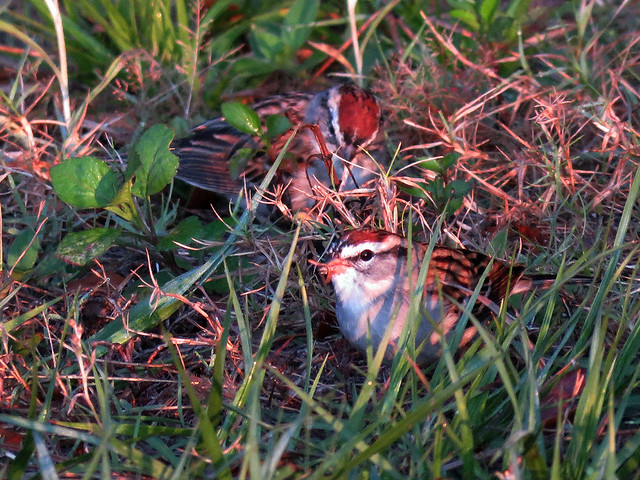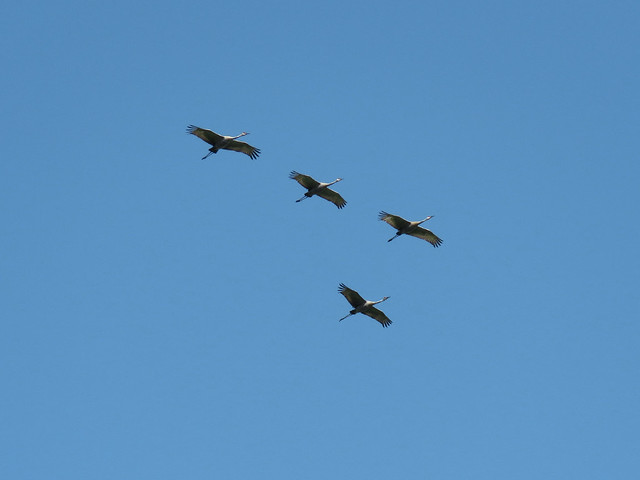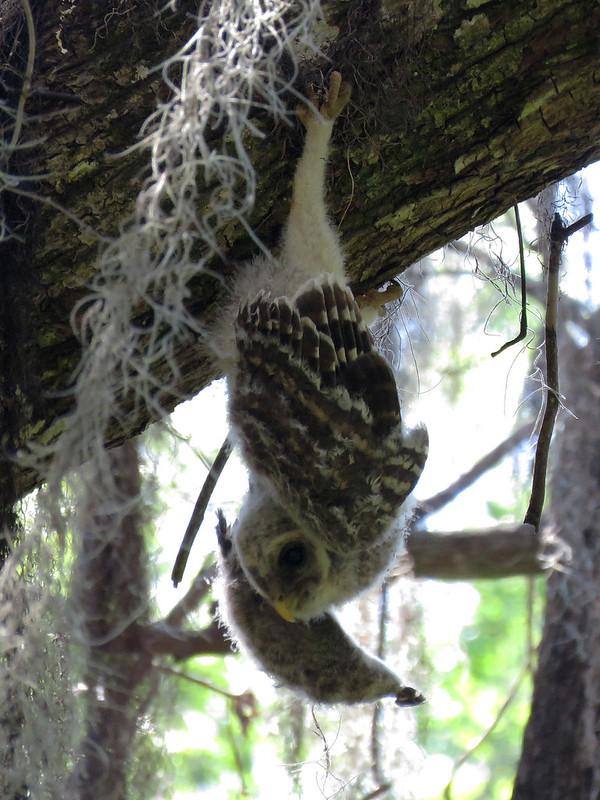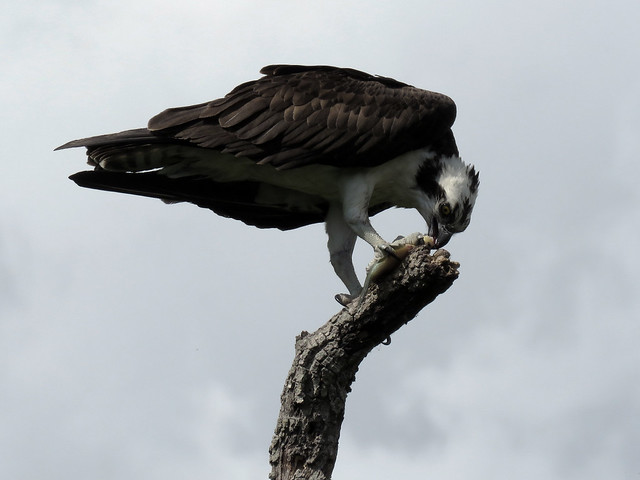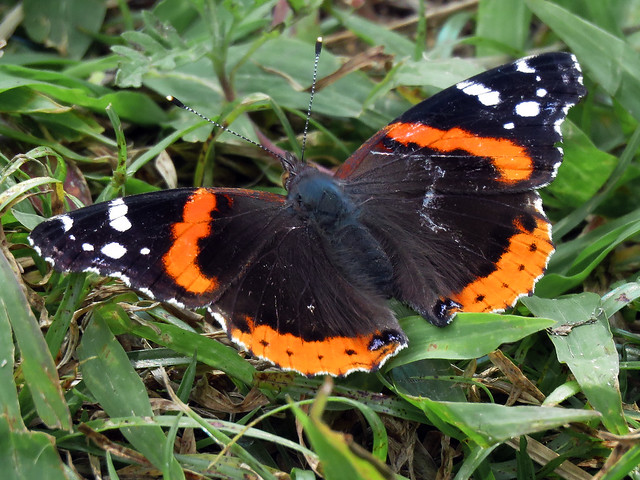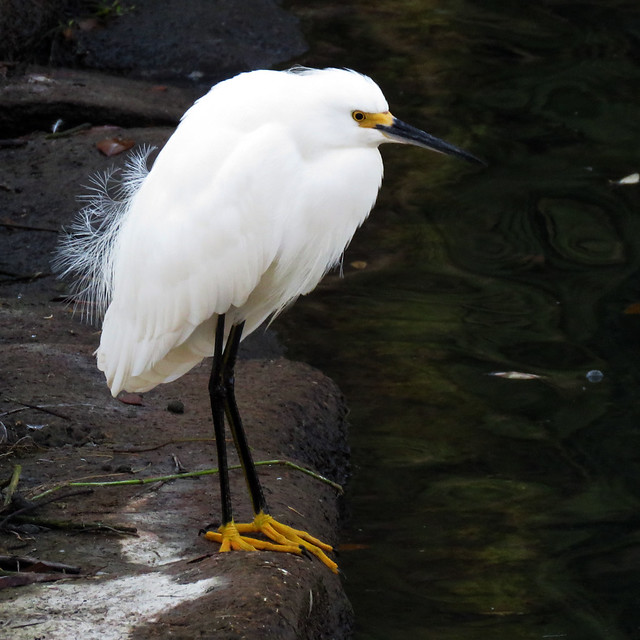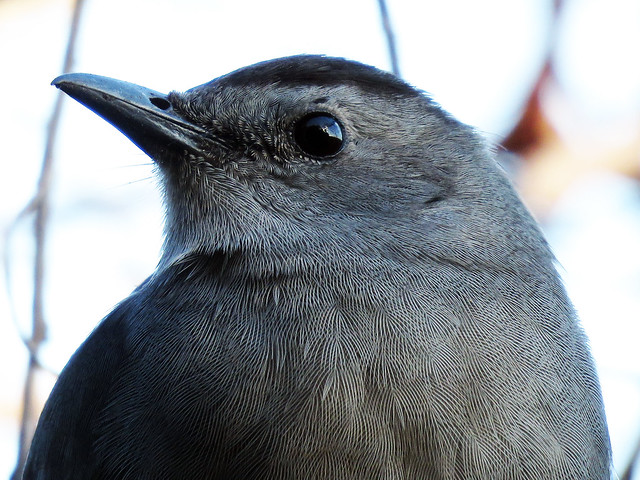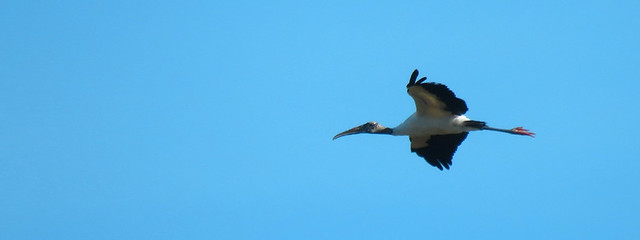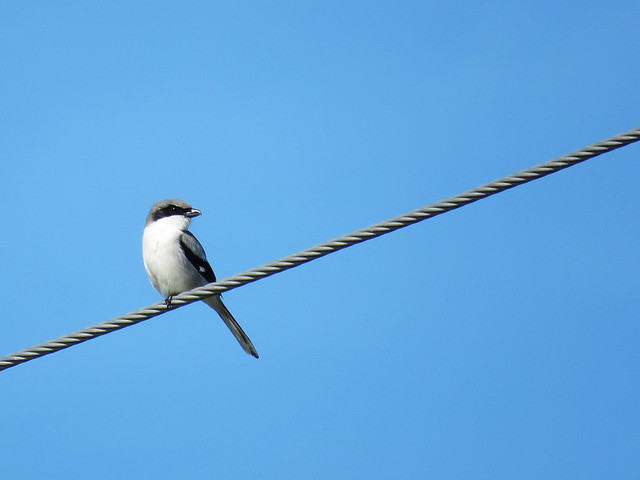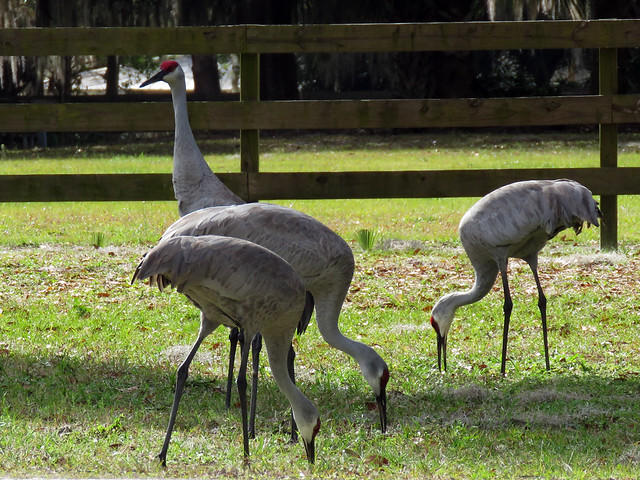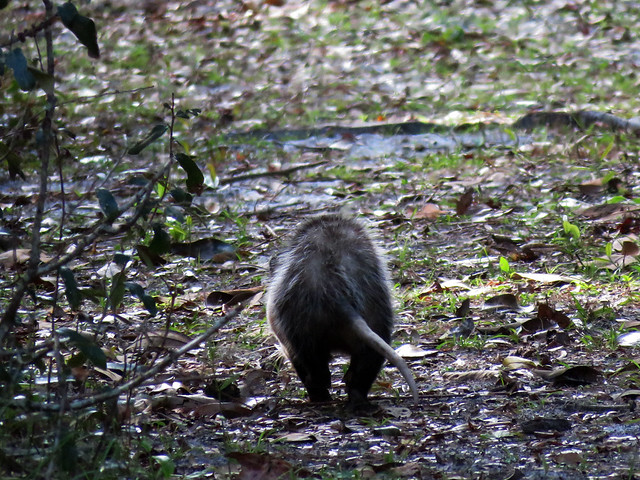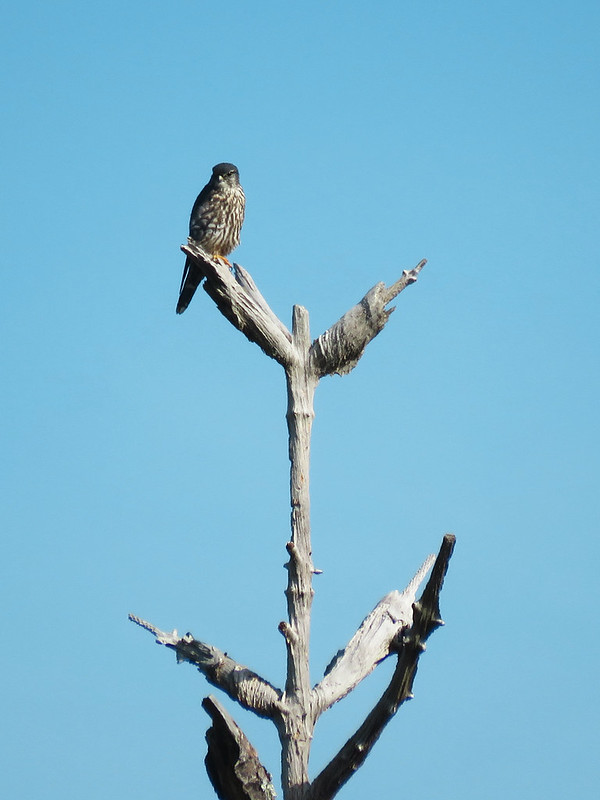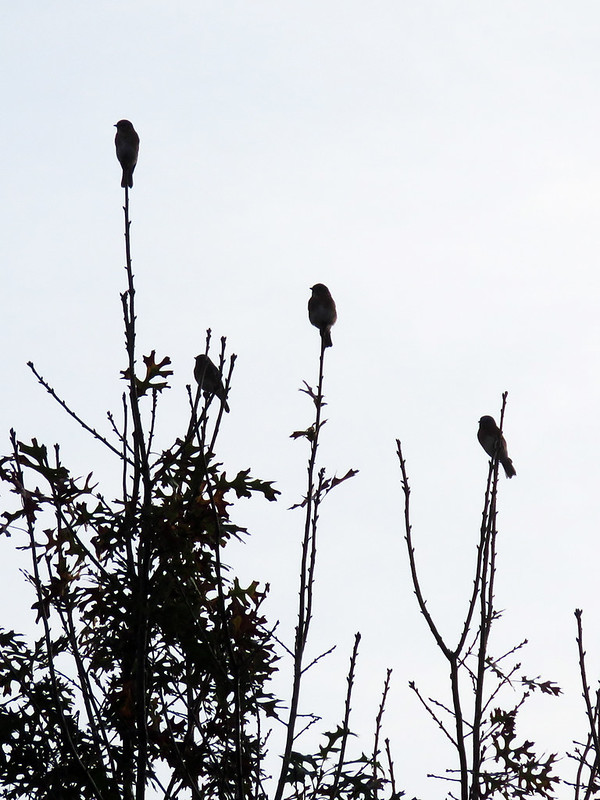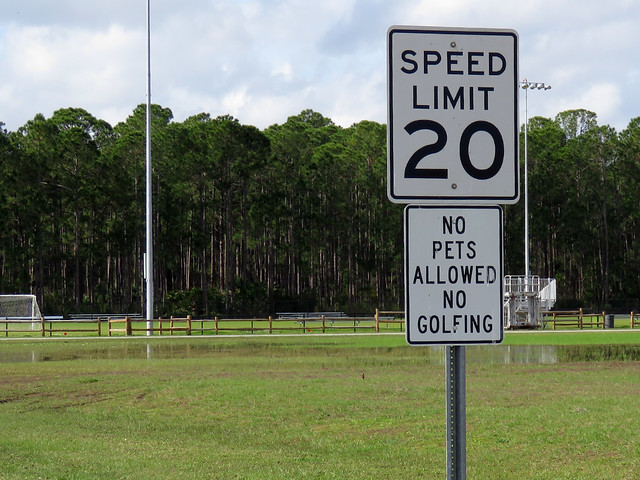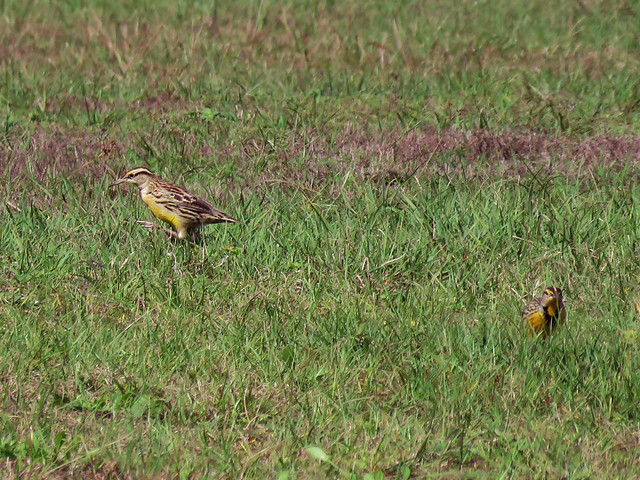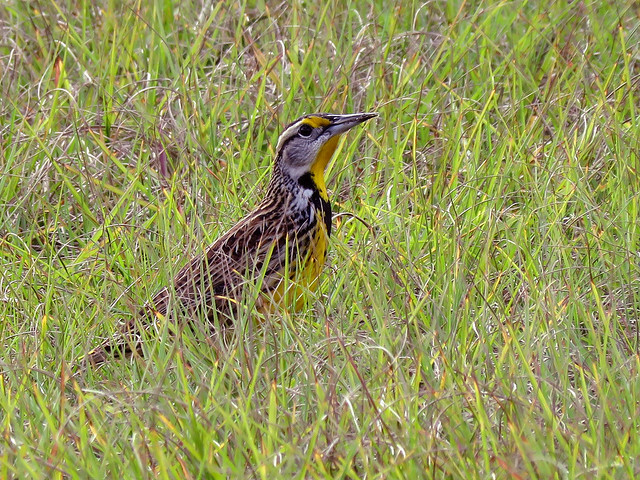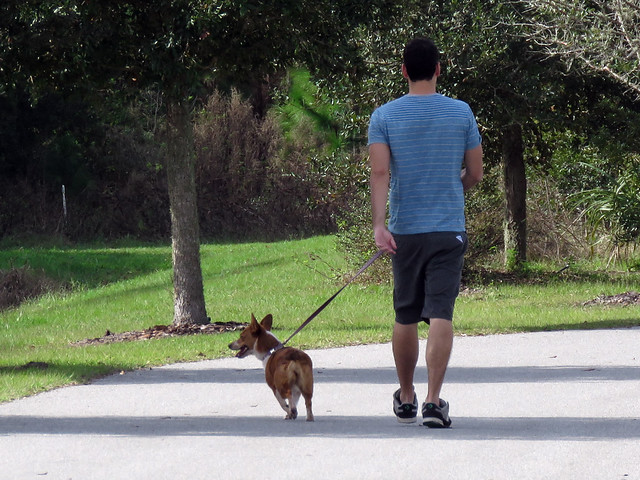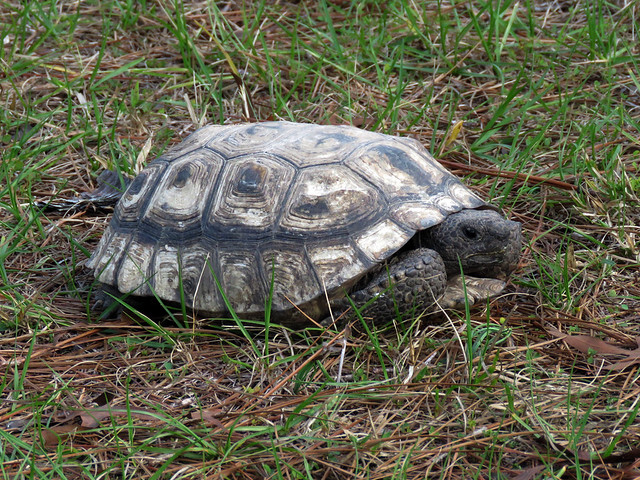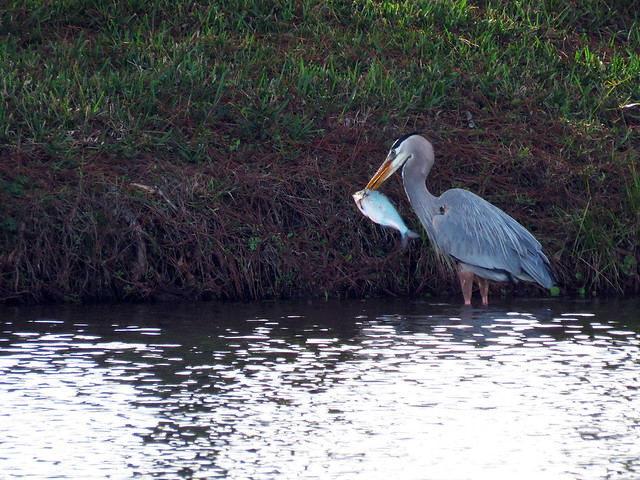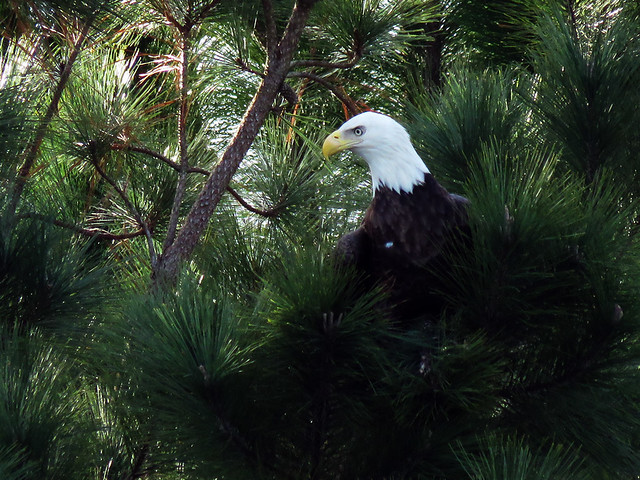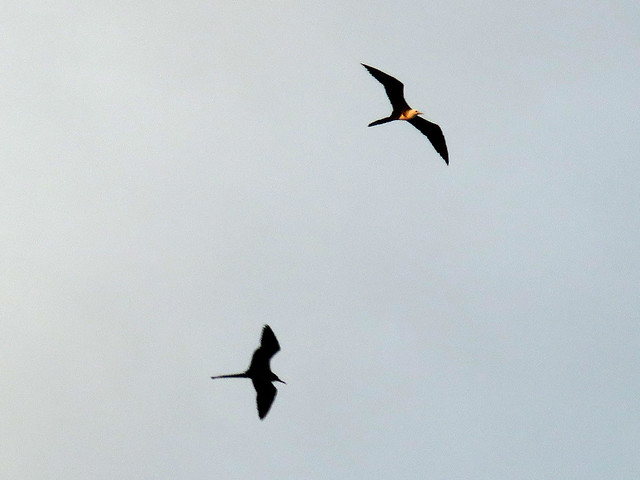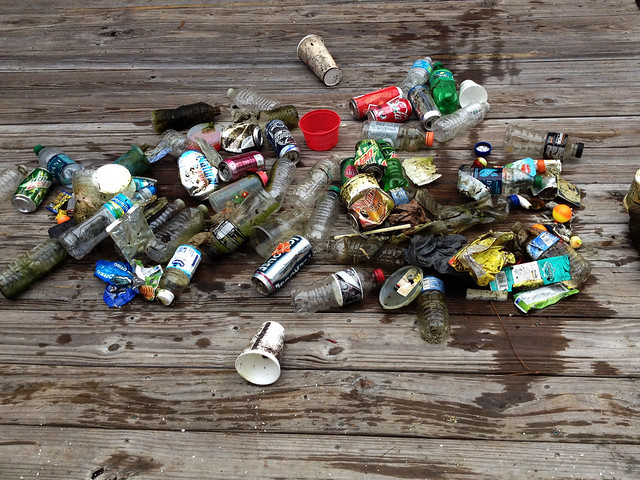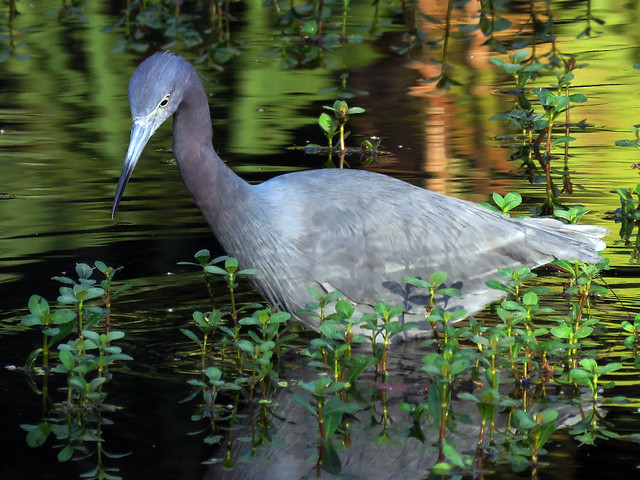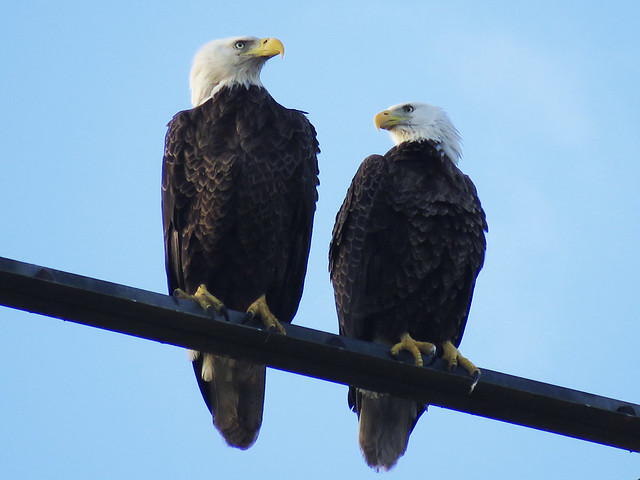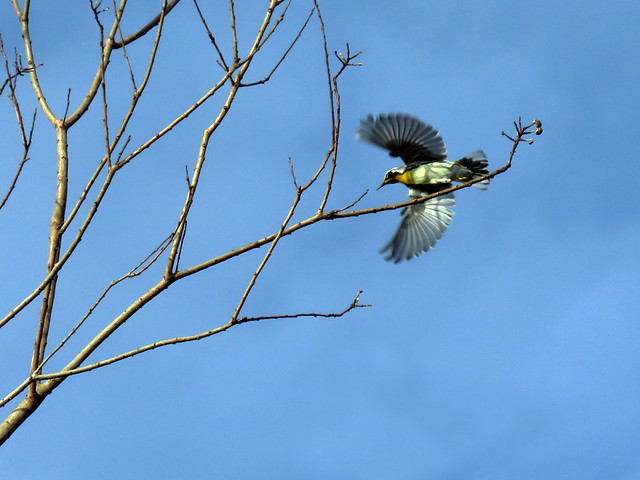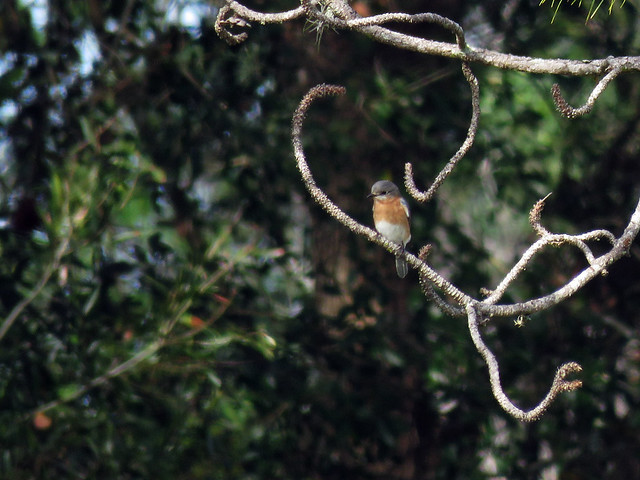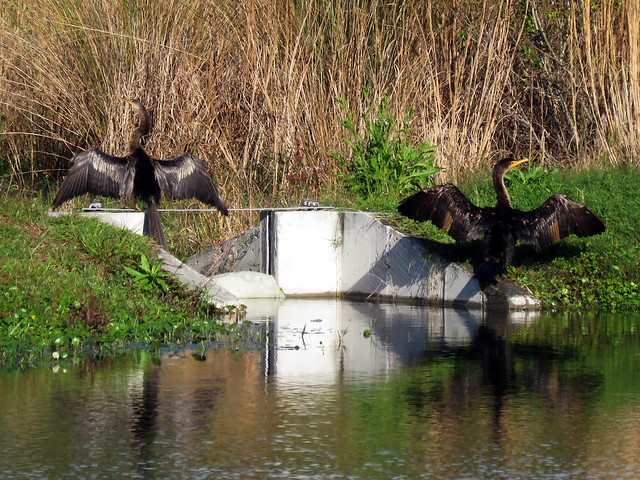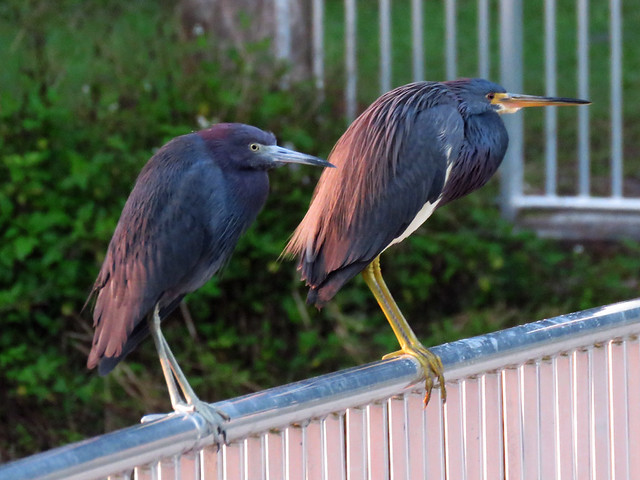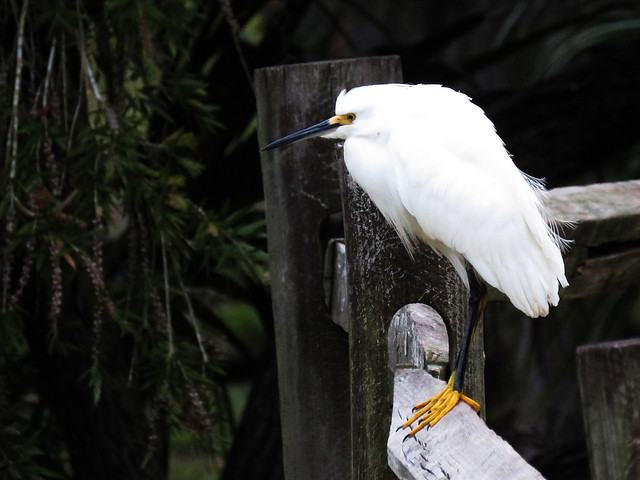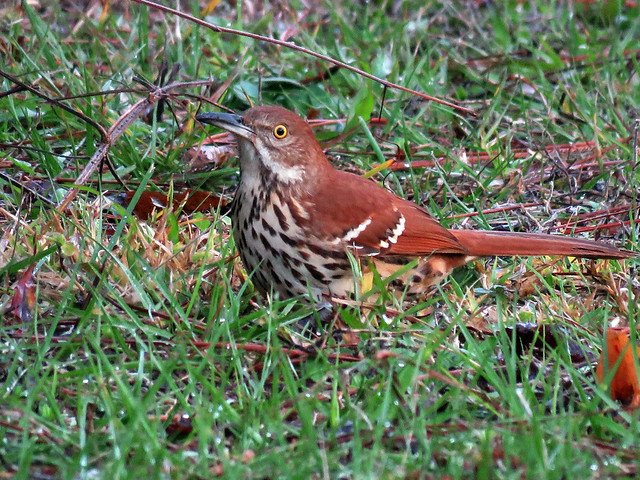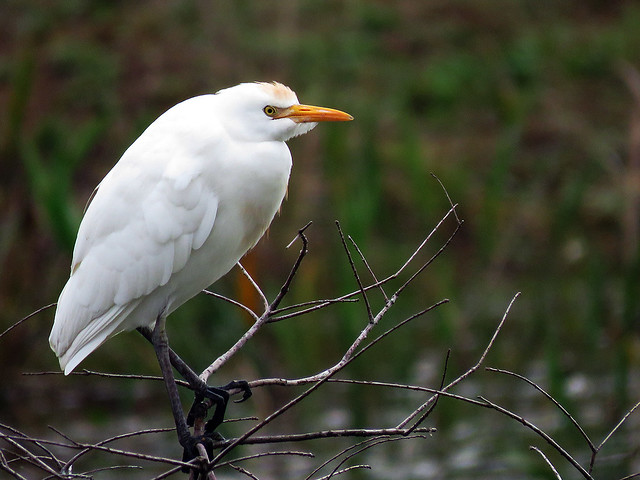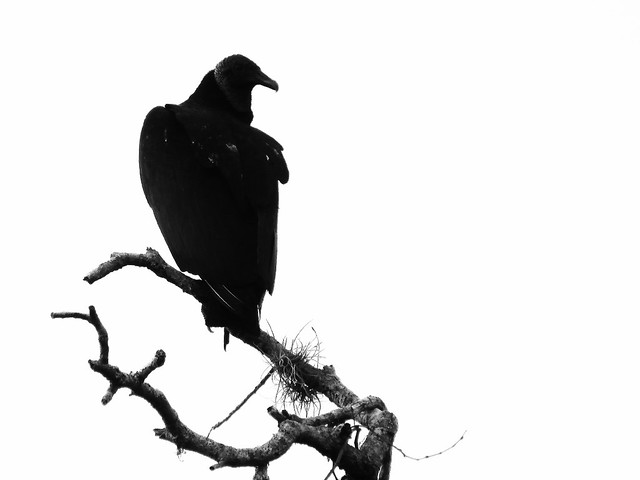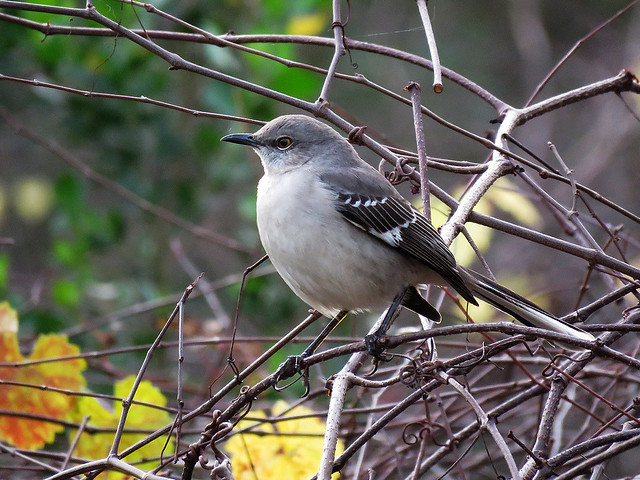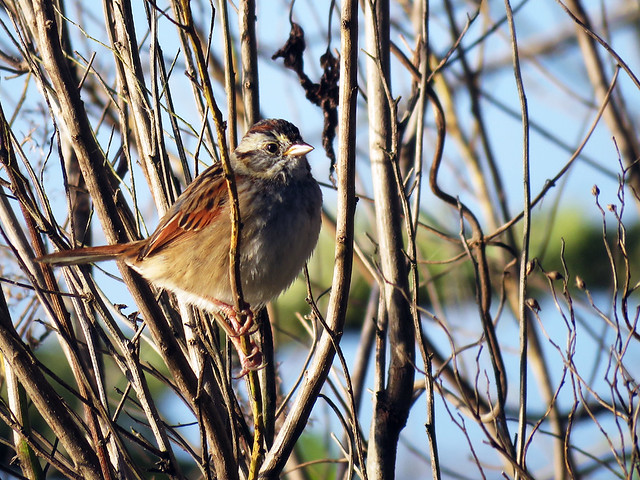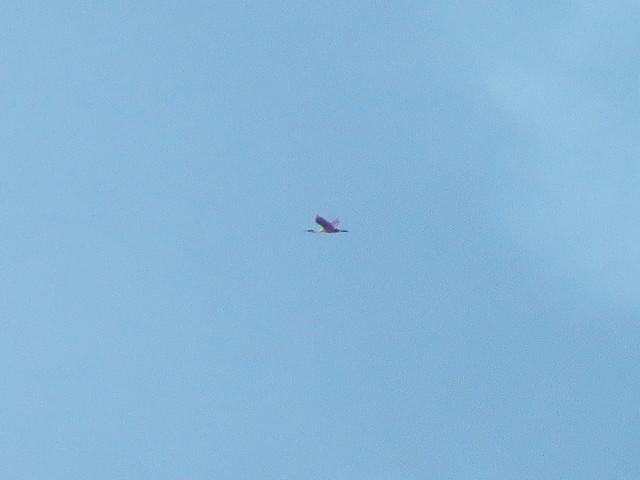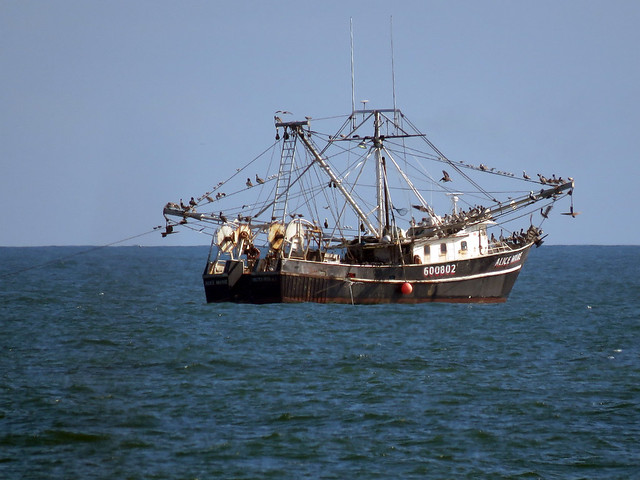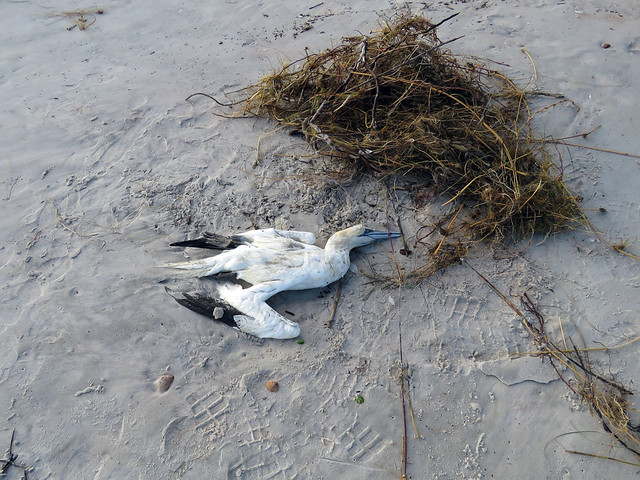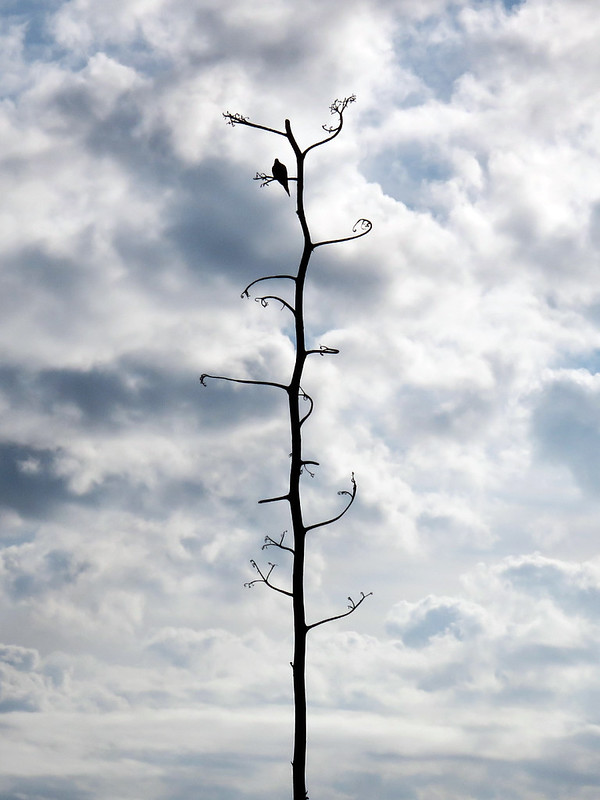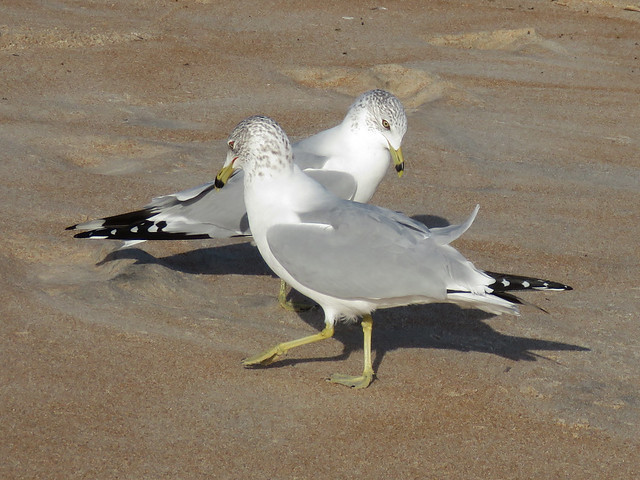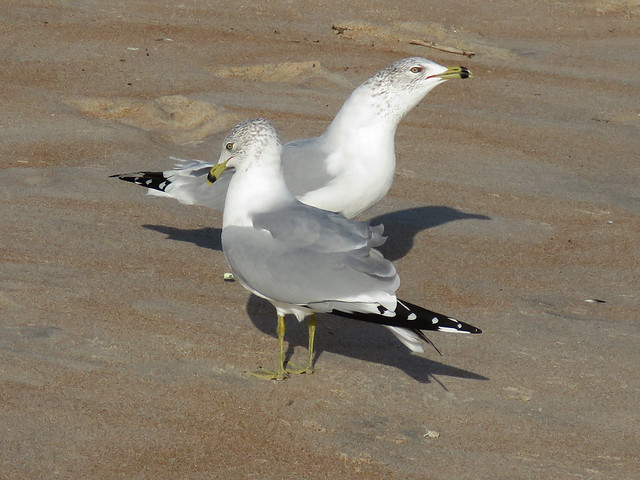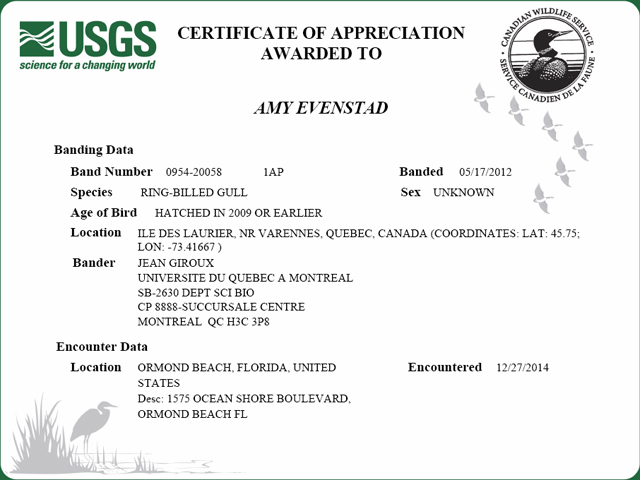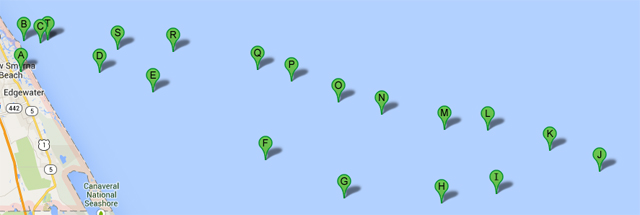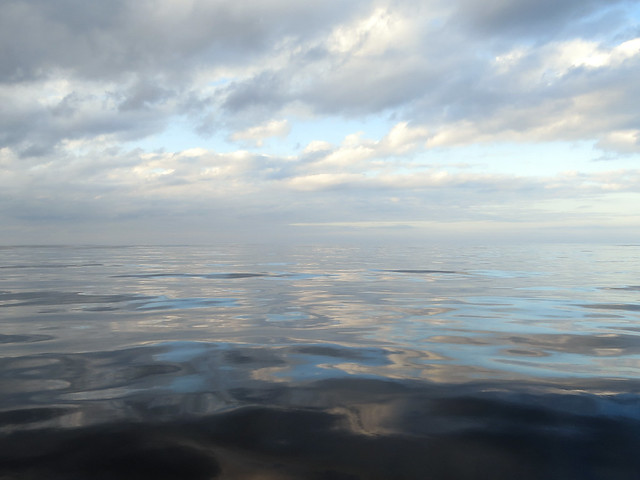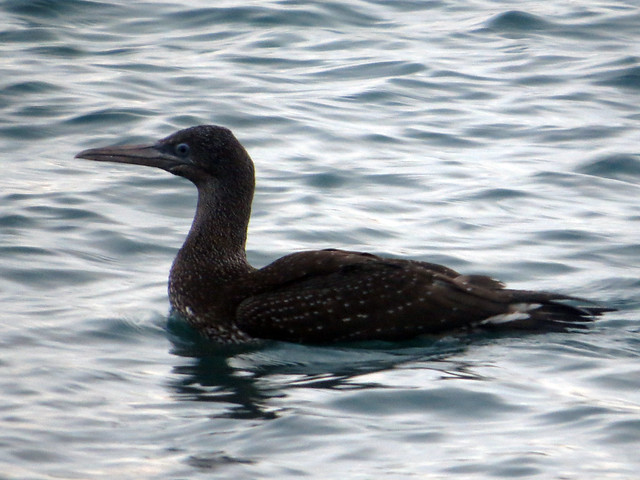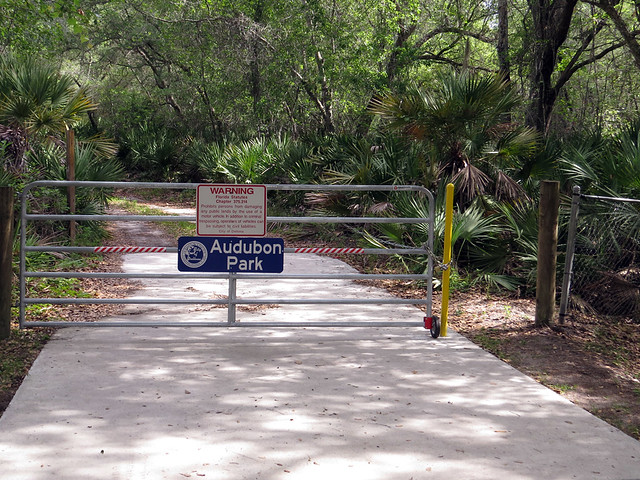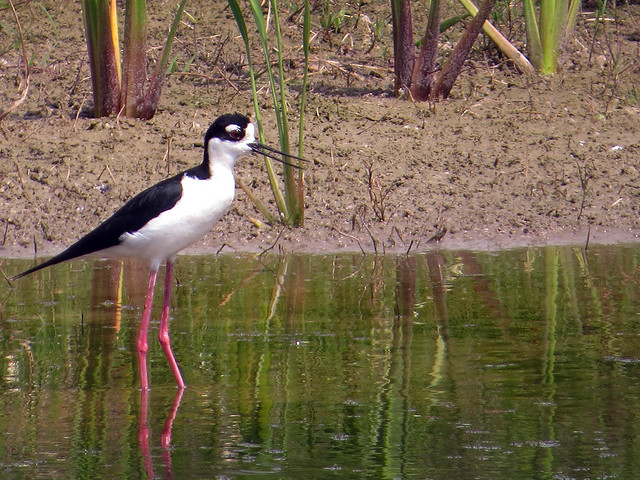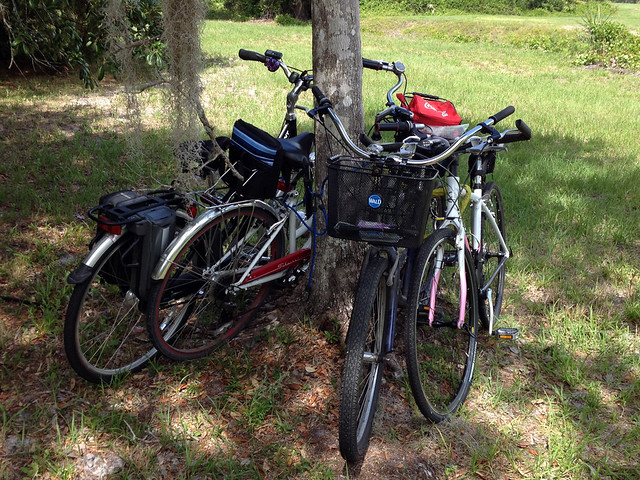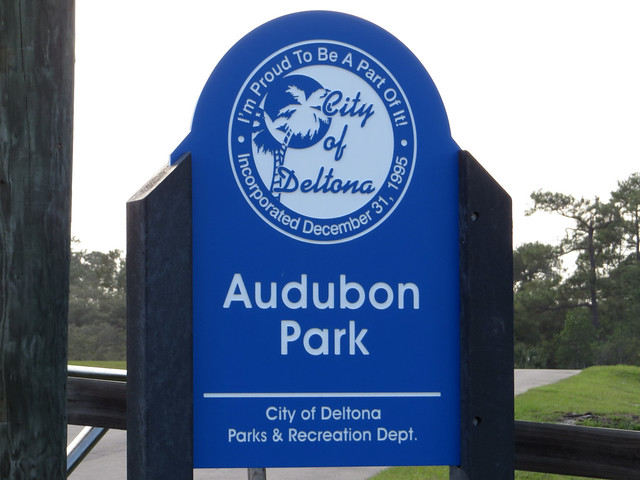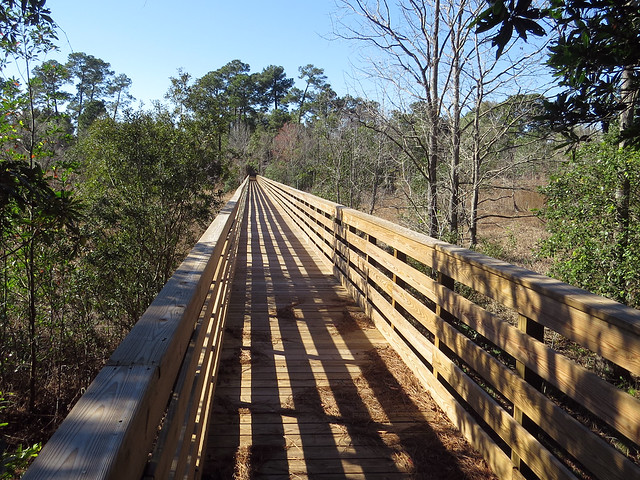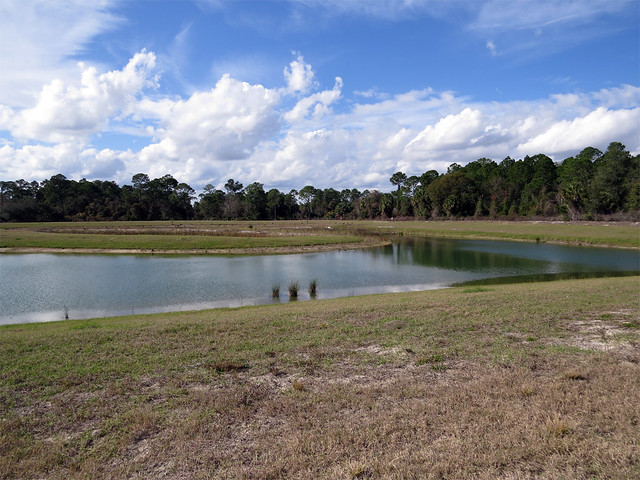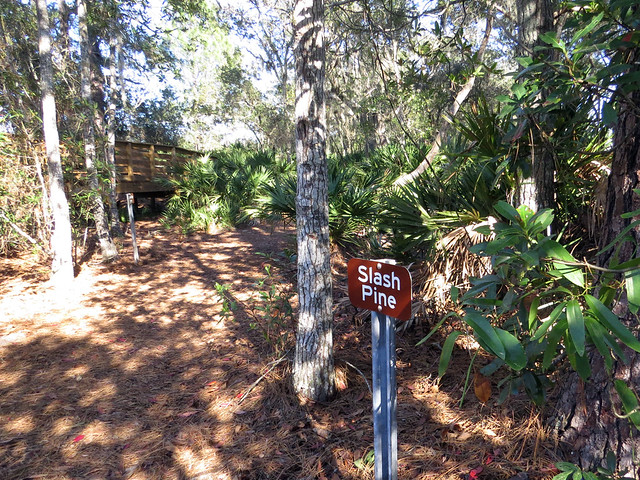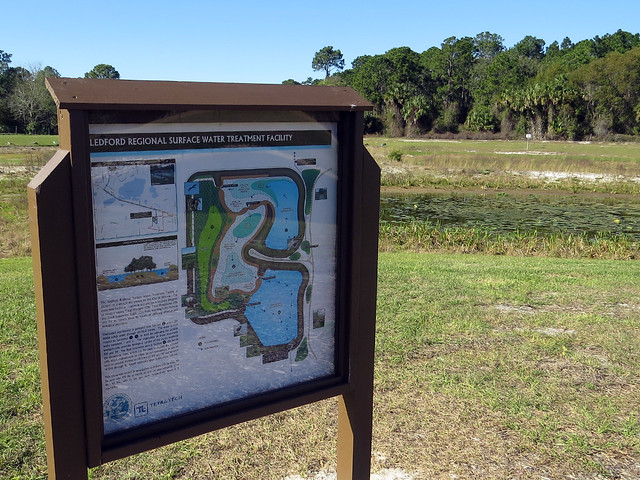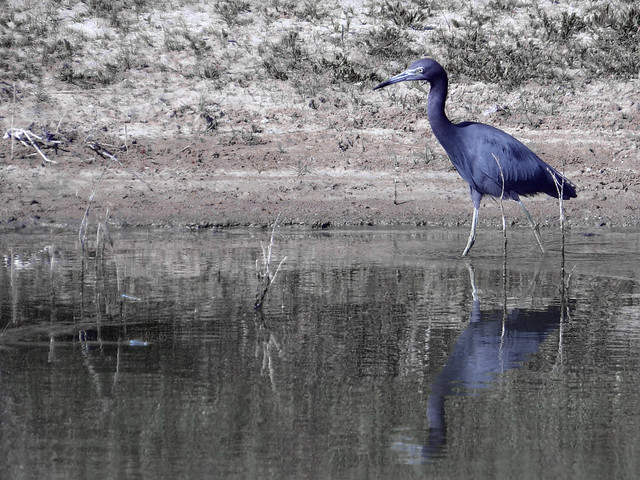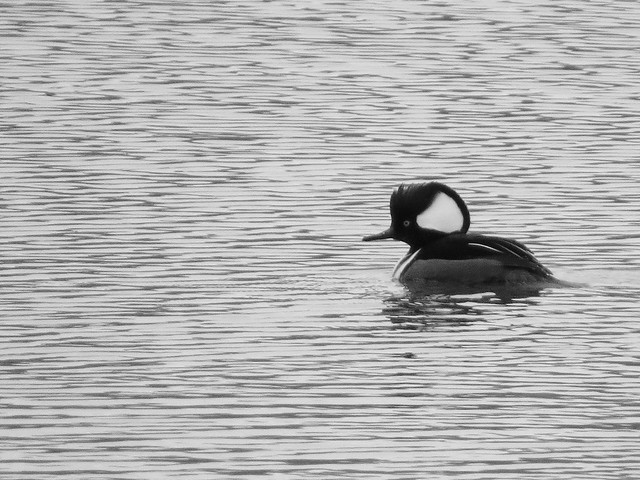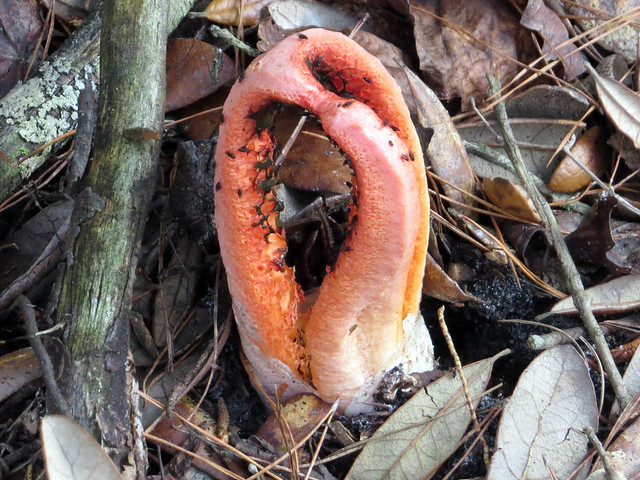Green Birding in Southwest Volusia County, May 2015
In May I birded at 10 different spots to add to my 2015 green year list. I found 69 different species for the month, with 54 on my Gemini Springs list. Last year I missed local birding in May completely; I had found 45 species in both May 2013 and May 2012. My complete green list for May 2015 is at the end of this post.
I added just one species to my year list. Arthur and I went kayaking on May 3rd and we found Bobolinks in several spots. Males were singing and small flocks were flying around. This was a new all-time green species for me so I was very excited!
Here are my photo highlights from green birding in May!
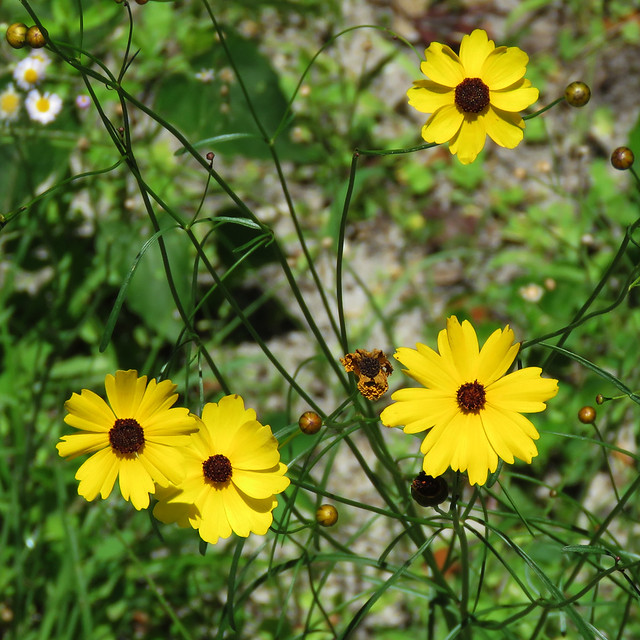
Leavenworth’s Tickseed in our backyard native butterfly garden | 01 May 2015
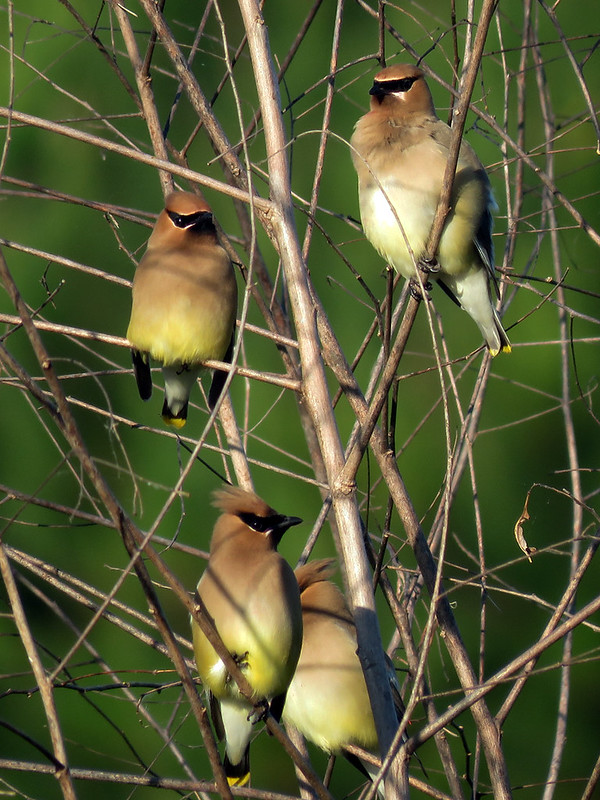
Some late Cedar Waxwings at Gemini Springs | 02 May 2015
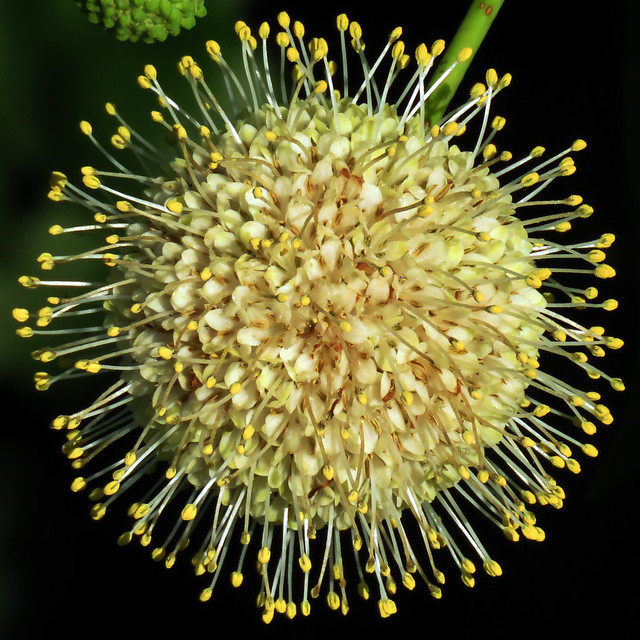
Buttonbush blossom at Gemini Springs | 02 May 2015
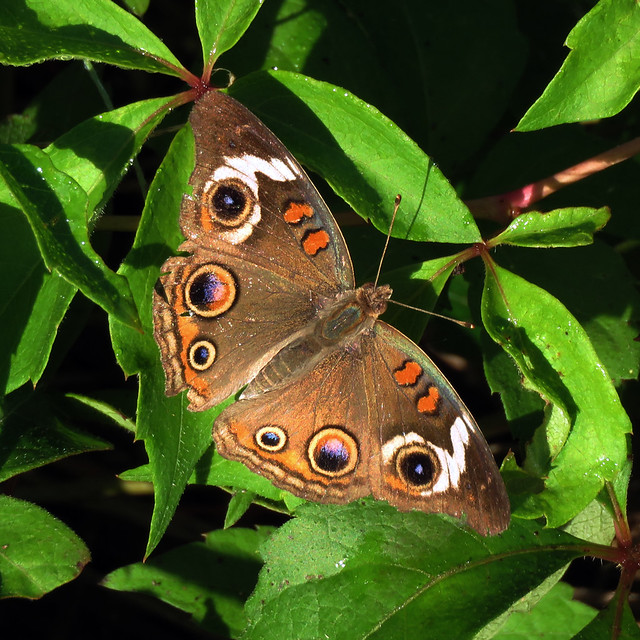
Common Buckeye at Gemini Springs | 02 May 2015
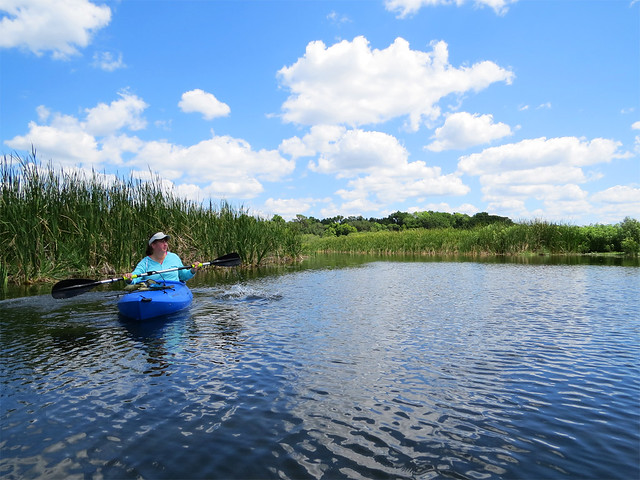
Listening for Bobolinks at Gemini Springs | 03 May 2015
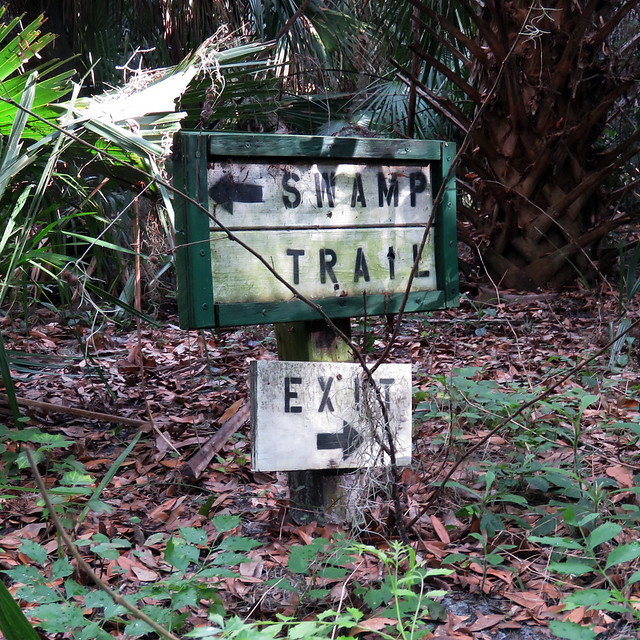
Trail signs at River City Nature Park | 04 May 2015
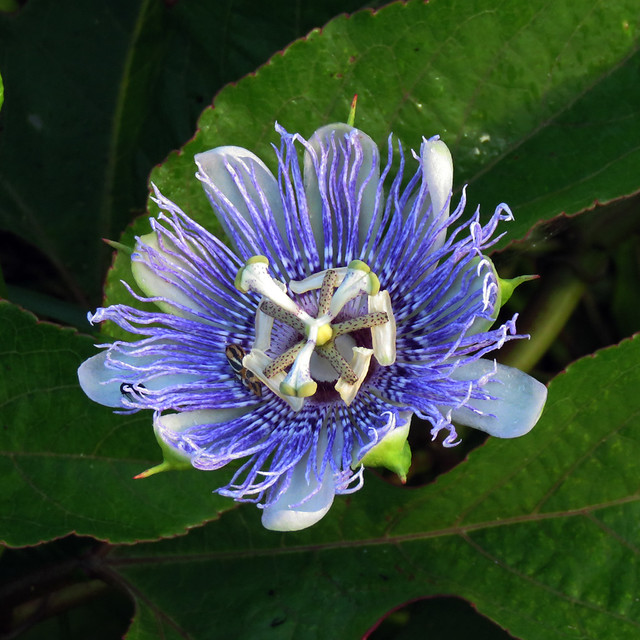
Passionflower at Gemini Springs | 05 May 2015
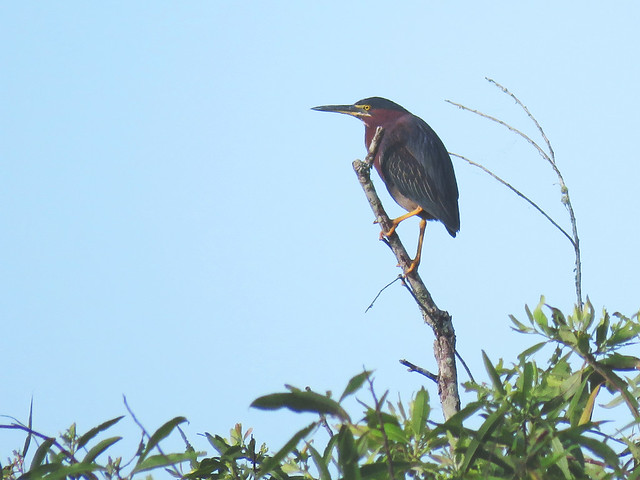
Green Heron at Gemini Springs | 08 May 2015
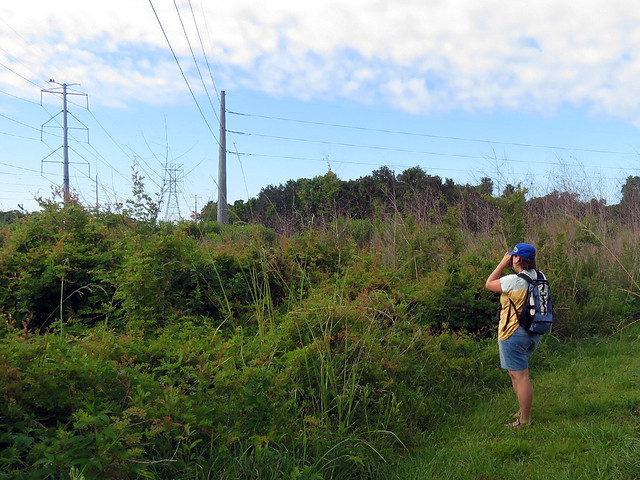
Cousin Agnes looking at Bald Eagles at Gemini Springs | 08 May 2015

Pileated Woodpecker at Gemini Springs | 08 May 2015

Red-shouldered Hawk with apparent eye injury at Gemini Springs | 08 May 2015
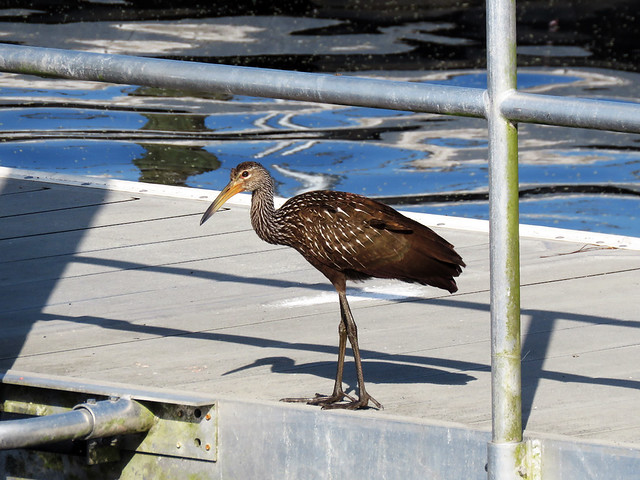
Limpkin at Lake Monroe Boat Ramp | 11 May 2015

Black Vultures at Gemini Springs | 13 May 2015
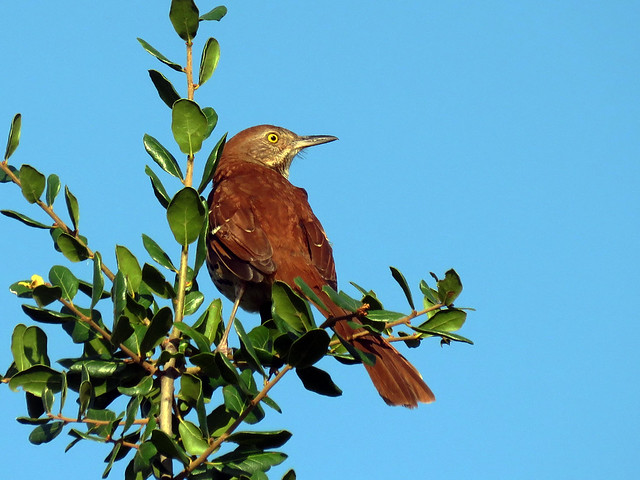
Brown Thrasher at DeBary Memorial Park | 19 May 2015

Marsh Rabbit at Gemini Springs | 19 May 2015
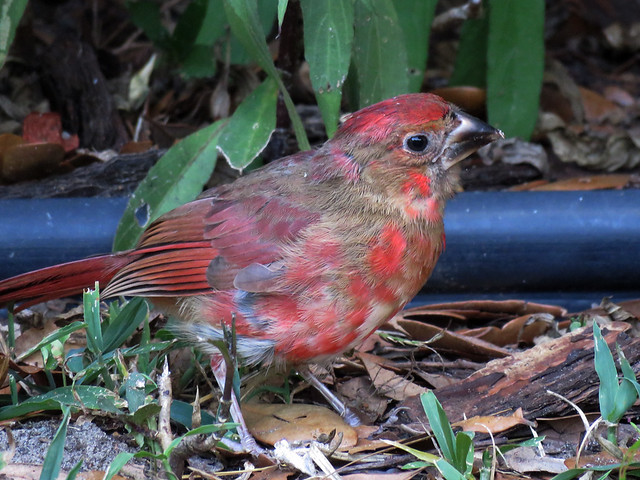
Begging baby Northern Cardinal at Gemini Springs | 27 May 2015
Green Birding List May 2015
Black-bellied Whistling-Duck – Dendrocygna autumnalis
Wood Duck – Aix sponsa
Mallard (Domestic type) – Anas platyrhynchos (Domestic type)
Lesser Scaup – Aythya affinis
Wild Turkey – Meleagris gallopavo
Double-crested Cormorant – Phalacrocorax auritus
Anhinga – Anhinga anhinga
Great Blue Heron – Ardea herodias
Great Egret – Ardea alba
Snowy Egret – Egretta thula
Little Blue Heron – Egretta caerulea
Tricolored Heron – Egretta tricolor
Cattle Egret – Bubulcus ibis
Green Heron – Butorides virescens
White Ibis – Eudocimus albus
Glossy Ibis – Plegadis falcinellus
Black Vulture – Coragyps atratus
Turkey Vulture – Cathartes aura
Osprey – Pandion haliaetus
Swallow-tailed Kite – Elanoides forficatus
Bald Eagle – Haliaeetus leucocephalus
Red-shouldered Hawk – Buteo lineatus
Red-tailed Hawk – Buteo jamaicensis
Common Gallinule – Gallinula galeata
American Coot – Fulica americana
Limpkin – Aramus guarauna
Sandhill Crane – Grus canadensis
Black-necked Stilt – Himantopus mexicanus
Spotted Sandpiper – Actitis macularius
Least Tern – Sternula antillarum
Rock Pigeon – Columba livia
Common Ground-Dove – Columbina passerina
Mourning Dove – Zenaida macroura
Barred Owl – Strix varia
Chimney Swift – Chaetura pelagica
Ruby-throated Hummingbird – Archilochus colubris
Red-bellied Woodpecker – Melanerpes carolinus
Downy Woodpecker – Picoides pubescens
Pileated Woodpecker – Dryocopus pileatus
Great Crested Flycatcher – Myiarchus crinitus
White-eyed Vireo – Vireo griseus
Red-eyed Vireo – Vireo olivaceus
Blue Jay – Cyanocitta cristata
American Crow – Corvus brachyrhynchos
Fish Crow – Corvus ossifragus
Purple Martin – Progne subis
Tree Swallow – Tachycineta bicolor
Carolina Chickadee – Poecile carolinensis
Tufted Titmouse – Baeolophus bicolor
Carolina Wren – Thryothorus ludovicianus
Blue-gray Gnatcatcher – Polioptila caerulea
Gray Catbird – Dumetella carolinensis
Brown Thrasher – Toxostoma rufum
Northern Mockingbird – Mimus polyglottos
Cedar Waxwing – Bombycilla cedrorum
Common Yellowthroat – Geothlypis trichas
American Redstart – Setophaga ruticilla
Northern Parula – Setophaga americana
Black-throated Blue Warbler – Setophaga caerulescens
Pine Warbler – Setophaga pinus
Prairie Warbler – Setophaga discolor
Eastern Towhee – Pipilo erythrophthalmus
Northern Cardinal – Cardinalis cardinalis
Indigo Bunting – Passerina cyanea
Bobolink – Dolichonyx oryzivorus
Red-winged Blackbird – Agelaius phoeniceus
Common Grackle – Quiscalus quiscula
Boat-tailed Grackle – Quiscalus major
House Sparrow – Passer domesticus





